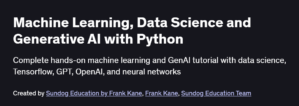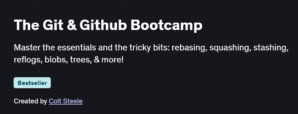What will you in SQL Programming Basics Course
- SQL Fundamentals: Understand the basics of SQL syntax and structure.
- Database Creation: Learn how to create and manage databases.
- Data Retrieval: Use
SELECTstatements to retrieve data from tables.
- Data Filtering and Sorting: Apply
WHEREclauses to filter data andORDER BYto sort results. - Data Aggregation: Utilize aggregate functions like
COUNT(),SUM(),AVG(),MIN(), andMAX(). - Data Grouping: Group data using
GROUP BYand filter groups withHAVING.
Program Overview
Module 1: Introduction to SQL
⏳ 30 minutes
Overview of SQL and its importance in data management.
Setting up the SQL environment.
Module 2: Creating and Managing Databases
⏳ 45 minutes
Creating databases and tables.
Defining data types and constraints.
Modifying and deleting databases and tables.
Module 3: Retrieving Data with SELECT
⏳ 1 hour
Using
SELECTto retrieve data.Filtering results with
WHERE.Sorting results with
ORDER BY.
Module 4: Data Aggregation and Grouping
⏳ 1 hour
Applying aggregate functions.
Grouping data with
GROUP BY.Filtering groups with
HAVING.
Module 5: Modifying Data
⏳ 1 hour
Inserting data into tables.
Updating existing data.
Deleting data from tables.
Module 6: Joining Tables
⏳ 1 hour
Understanding different types of joins:
INNER JOIN,LEFT JOIN,RIGHT JOIN, andFULL JOIN.Combining data from multiple tables.
Module 7: Advanced SQL Topics
⏳ 1 hour
Subqueries and nested queries.
Using
UNIONandINTERSECT.Working with indexes and views.
Get certificate
Job Outlook
High Demand for SQL Skills: SQL is a fundamental skill required in various roles such as Data Analyst, Database Administrator, and Software Developer.
Career Opportunities: Proficiency in SQL opens doors to opportunities in data analysis, business intelligence, and backend development.
Industry Adoption: SQL is widely used across industries including finance, healthcare, and technology for data management and analysis.
Specification: SQL Programming Basics
|





